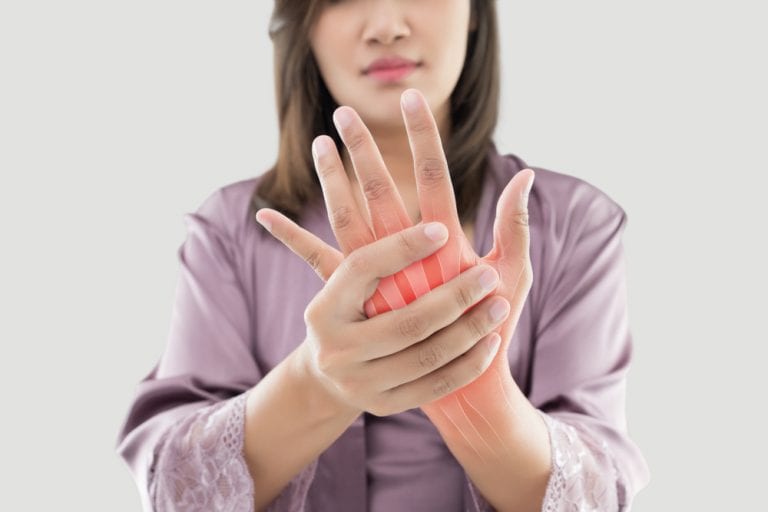Much like your ankles, your wrists and hands are intricately composed of tiny bones, tendons, and ligaments. When you experience wrist pain due to a wrist injury or limited movement and discomfort due to normal wear and tear over the years, you’ll be exposed to a variety of treatment methods.
Below you’ll find a list of common wrist injuries and pain descriptions where some orthopedic surgeons and physicians are utilizing regenerative medicine to assist in the healing process.
CONDITIONS TREATED
Arthritis can occur in many areas of the hand and wrist and can have more than one cause.
The hand and wrist joint is complex and is made up of many small joints. All these joints work together gliding over each other easily producing movement, including fine motor skills used in daily activities. The inflammation and pain in these joints, due to arthritis can negatively affect the patient’s quality of life.
Osteoarthritis occurs due to wear and tear in the wrist. It usually affects people later in life and affects the hands, and weight-bearing joints like the hips and knees.
Rheumatoid arthritis is a chronic inflammatory disease that commonly begins in the hands, wrists, ankles, and feet and is symmetric (often affects the same joints on both sides of the body.) Although this condition is not inherited, genetic factors are thought to increase the chances of certain individuals having the disease.
Stem cell therapy has been shown to be effective at reducing the pain and inflammation associated with arthritis of the hands and wrists.
The human wrist joint is a complex arrangement of eight carpal bones of the wrist held together by ligaments. This allows for smooth movement and a stable link between the forearm and the hand. Instability of the wrist is due to an injury to one of these ligaments.
Carpal instability occurs when there is significant wear and tear, fractures or arthritis that results in the incorrect alignment of the small bones in the wrist. This in turn, compromises joint functioning.
Pain and inflammation associated with carpal instability may be treated by combining regenerative medicine and surgery.
Carpal tunnel syndrome causes numbness, tingling and weakness in the hand due to pressure on the median nerve in the wrist.
Any type of compression to the median nerve results in Carpal tunnel syndrome. A wrist fracture that narrows the carpal tunnel and irritates the nerve or rheumatoid arthritis that causes swelling and inflammation can lead to this condition.
Adult stem cell therapy may limit the inflammation (that could be pinching the median nerve) and ultimately provide pain relief to the patient.
The triangular fibrocartilage complex, or TFCC, is a triangular cartilage structure found on the small finger side of the wrist. Its function is to provide a cushion and support the small carpal bones in the wrist.
The tendons and ligaments that make up the TFCC allow various types of movement of the wrist such as bending, straightening, twisting, and moving side-to-side. A TFCC tear is an injury to the tissue on the side of the wrist opposite the thumb.
TFCC injuries are caused by a direct injury to the side of the wrist or hand, falling and landing on the hand, bending the wrist backwards and repetitive swinging or twisting action of the wrist.
For some people, the physician may recommend using adult stem cells drawn from the patient’s own body that can help in the repair process and heal the damaged tissue.
Trigger finger or stenosing tenosynovitis, is a condition that affects the tendons in the fingers or thumb. One of the fingers gets stuck in a bent position limiting finger movement.
The finger will lock or catch (before popping out straight) whenever the person tries to straighten the finger. This condition is more common in women than men. Symptoms tend to be worse after periods of inactivity and may also occur after activities that strain the hand. The finger joint may feel like it is dislocating when the tendon breaks free.
An alternative would be the use of adult stem cell therapy that is minimally invasive and may result in better outcomes for the patient.
AM I A CANDIDATE?
